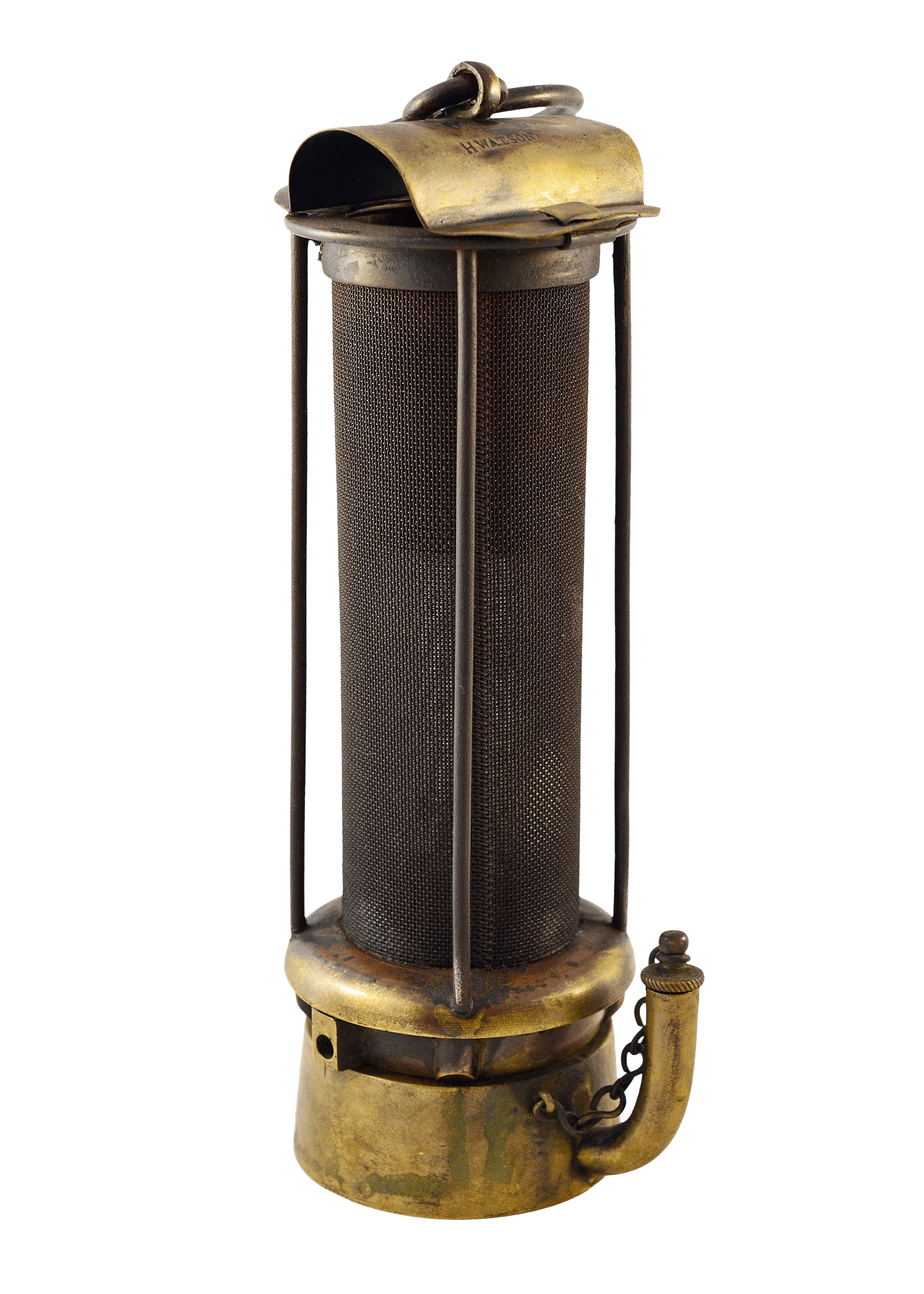The Stephensons and Innovation
Killingworth Billy
Billy
is the third oldest surviving locomotive in the world and is the oldest
surviving Stephenson locomotive. It was built 13 years before the Stephensons’
most famous engine, Rocket.
Billy worked on the Springwell & Jarrow line, which brought coal to the Tyne from collieries south of Gateshead.

Until 2018, it was thought that Billy was of a later Stephenson design and had been built in 1826. Industrial archaeological study on the various components of Billy and archive investigation found that it was actually built 10 years earlier than originally thought. This new date of construction means that Billy was built directly under the supervision of George Stephenson, just several miles away from this site, at Killingworth.
George built his first engine, Blucher, in 1814 at Killingworth, where he was a colliery engineer. He built a further 16 locomotives there, including Billy. Other locomotives were being built in the North-East at this time, and George was able to use his practical skills to combine the best ideas into his Killingworth ‘travelling engines’.
Billy was in use for more than 50 years, and over time its parts were replaced or altered. It was then displayed publically in honour of the Stephensons, firstly on the High Level Bridge, before moving inside to Newcastle Central Station.
Stephenson's Geordie Lamp
Living and working within colliery communities, George Stephenson was fully aware of the dangers involved in coal mining. As the scale of mining grew larger, so too did the number of accidents. Gas explosions were caused by the flames of miners’ candles and oil lamps igniting natural gases below ground, known as ‘firedamp’.
Two explosions took place at the Killingworth Colliery in both 1806 and 1809, whilst George was working there. In 1812, 90 men and boys died in a mining explosion in Felling, Gateshead. A new, safe means of providing light in the mines was urgently needed.

Two rival designs for a ‘safety lamp’ emerged in 1815, advancing on the earlier ‘Clanny’ lamp. One was created by the celebrated chemist Sir Humphry Davy, and the other by the uneducated engine-wright George Stephenson.
The question of the time was, whose design had come first? Many doubted the originality of George’s design, believing he must have instead copied Davy. Davy was awarded £2000 for the invention of his safety lamp, while George was only gifted £100 for his work. Supporters of George launched a campaign against this injustice.
A bitter feud broke out between the supporters of each of the men in letters submitted to the local and national press. George’s supporters raised a prize for him of £1000. He was eventually given recognition for his design in 1833, when a House of Commons Committee finally recognised his lamp design.
The ‘Geordie Lamp’ was used almost exclusively in the North East, whilst the ‘Davy lamp’ had greater success. George’s lamp remained in use throughout most of the 19th century, until the introduction of electric lighting.



